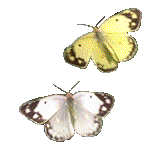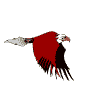Question: What is parthenogenesis?
Answer: Parthenogenesis may be defined as the development of a new organism from an unfertilized female gamete.
The process of parthenogenesis is found in insects such as aphids and wasps. In aphids female offsprings are produced from their unfertilized eggs by parthenogenesis. In wasps the unfertilized eggs give rise to male offsprings.
The process of parthenogenesis is not restricted to animals only. It is also found in plants. Several plants such as grapes and banana are produced parthenogenitically without the help of fertilization. Such fruits which are produced by parthenogenesis are called parthenogenetic fruits. Usually these fruits are seedless.
See more at: www.funscience.in



